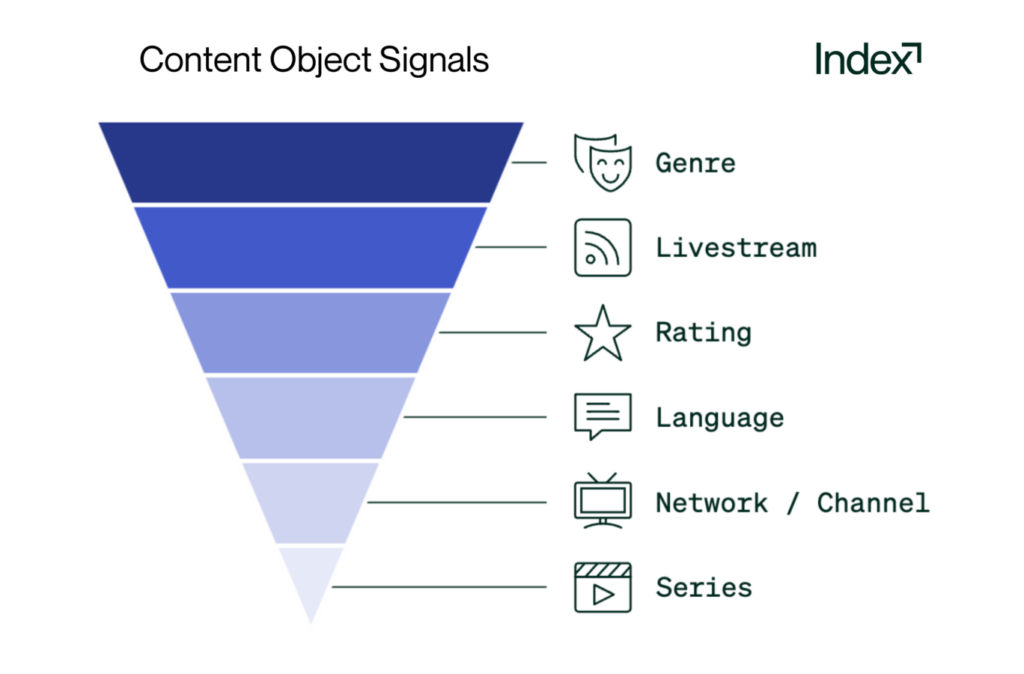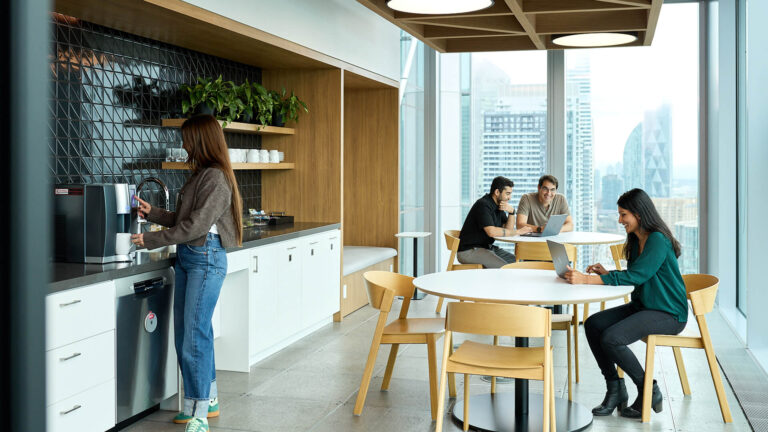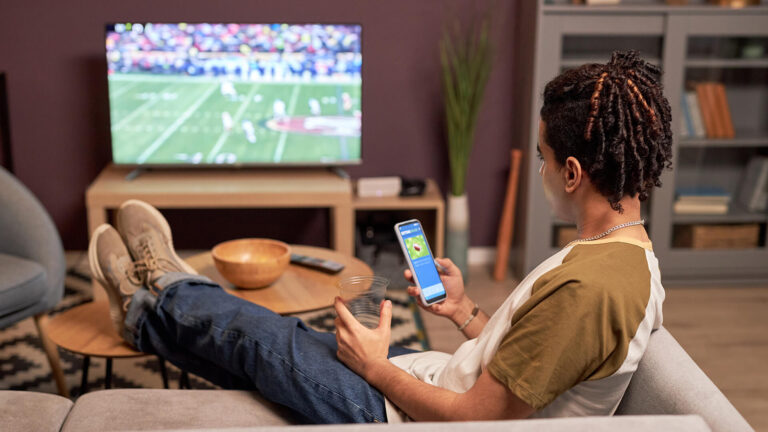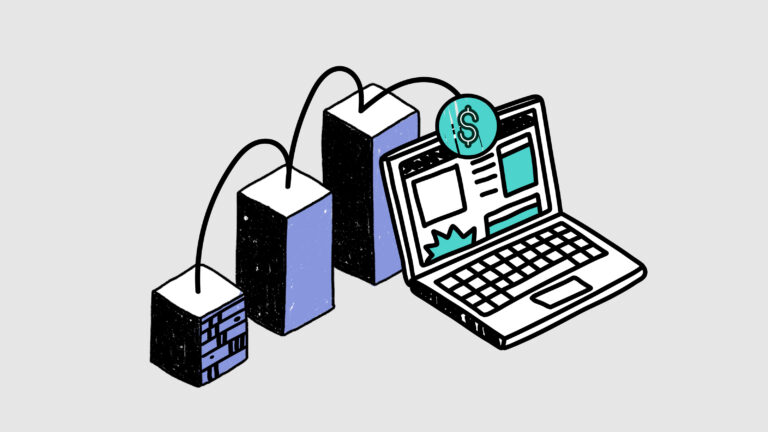When the OpenRTB 2.6 protocol was released in early 2022, it delivered a range of new features that promised to revolutionize programmatic advertising in streaming TV.
Working with Index and other programmatic leaders, the IAB Tech Lab developed OpenRTB 2.6 to address specific needs for TV and pave the way for more efficiency, scale, and transparency in the channel.
Now that it’s been nearly two years since the standard was published, what impact has it had on streaming TV? Let’s take a look.
Bringing ad podding to streaming TV
One of the most notable and long-awaited features of OpenRTB 2.6 was support for flexible ad podding—a key feature for replicating the TV ad break experience. Pod bidding gives media owners more control over the monetization and construction of their ad pods and improves targeting and measurement for buyers.
Adoption thus far has mainly been concentrated on the supply side, with many ad servers, exchanges, and SSPs, including Index, now supporting ad podding. Most DSPs are optimizing their bidding algorithms to take the best advantage of advertising opportunities in streaming TV.
OpenRTB 2.6 introduced three types of flexible ad pods—structured, dynamic, and hybrid—which enable a varied number of ad slots and slot lengths. Initially, we saw the highest traction around structured ad pods. We’ve since moved nearly all supply to dynamic ad pods, which give buyers more flexibility in submitting bids with ads that may be considered for inclusion in a pod.

Boosting programmatic efficiency
OpenRTB 2.6 has already proved to greatly increase efficiency and sustainability. In fact, a study we conducted with Publica and The Trade Desk found that pod bidding reduced ad selection carbon emissions by 84%.
Before ad podding, an ad server would send multiple slot requests for a single ad break. If an ad server sent eight bid requests for one break to the three SSPs it’s integrated with, that’d be 24 calls for one ad break.
Ad podding flattens those requests to just three calls—leading to significant efficiency gains and reductions in computing power and emissions for all parties in the supply chain.
Ad podding is also critical to improving the viewer experience, as it helps eliminate duplicate ads and enables competitive separation. Together with the efficiency gains, this means better monetization for media owners and higher performance for marketers.
Enhancing transparency
OpenRTB 2.6 was also designed to address the lack of transparency in streaming TV. It introduced new fields to the content object and enabled a standardized way for media owners to signal TV-related information, like channel, genre, and show-level details, to buyers.

With OpenRTB 2.6 adoption growing, we have a consistent framework in place to improve content signaling. Now it’s up to media owners to populate the content signals. As every company has different needs, privacy policies, and buyer expectations, each is likely to take a different approach to sharing signals.
Today, we’re seeing top-level signals like genre and network shared most frequently. This provides media buyers with more clarity into what they’re buying and ensures they’re reaching the right audiences within the right content.
What’s new in OpenRTB 2.6
In the August 2023 update, IAB Tech Lab added a new concept of duration floors to enhance how price floors are signaled. While the existing mincpmpersec field allowed for dynamic pricing (as flexible ad podding requires) based on CPM per second, it limited media owners to specifying floor prices that scale linearly with the duration of buyer creatives.
Duration floors instead allow a media owner to specify pricing for creative durations in many ranges. The durfloors field is now available in the audio, video, and deal objects.

Looking ahead
There are other upcoming initiatives beyond OpenRTB 2.6 that will advance streaming TV.
To continue driving the convergence of linear TV and digital, the IAB Tech Lab is improving support for the Universal Ad ID in VAST to track ad creatives, which we’re now building support for at Index. It’ll allow media buyers to track the impact of their ads across both linear and digital TV buying.
We’re also supportive of enhancements to the Tech Lab’s Open Measurement SDK, which will improve measurement for various real-time video events. For example, one particularly compelling capability under development is the ability to detect whether an ad is playing while the TV is turned off to improve viewability and optimize campaign performance for buyers.
While standards like OpenRTB and VAST are critical to creating the interoperability that supports scale in streaming TV, there’s still room for tech platforms to build their own unique innovations on top to accelerate the migration of linear dollars to digital TV.
For example, at Index, we’re innovating within standards and adding our own optimizations and predictive intelligence measures on top of features like ad podding to drive further efficiency and performance. We’re also continuing to enhance our infrastructure to help media owners better monetize their live events and sports programming, while shielding buyers from the large activity spikes inherent to those events. This efficiency that we will bring to live events will help buyers effectively bid on live events without needing to out-size their infrastructure for those spikes, which otherwise results in wasteful, unused computing power 99% of the time.
Want to unlock the full potential of programmatic in streaming TV? Watch our Index Explains video series on streaming TV to learn more.
Back to blog






